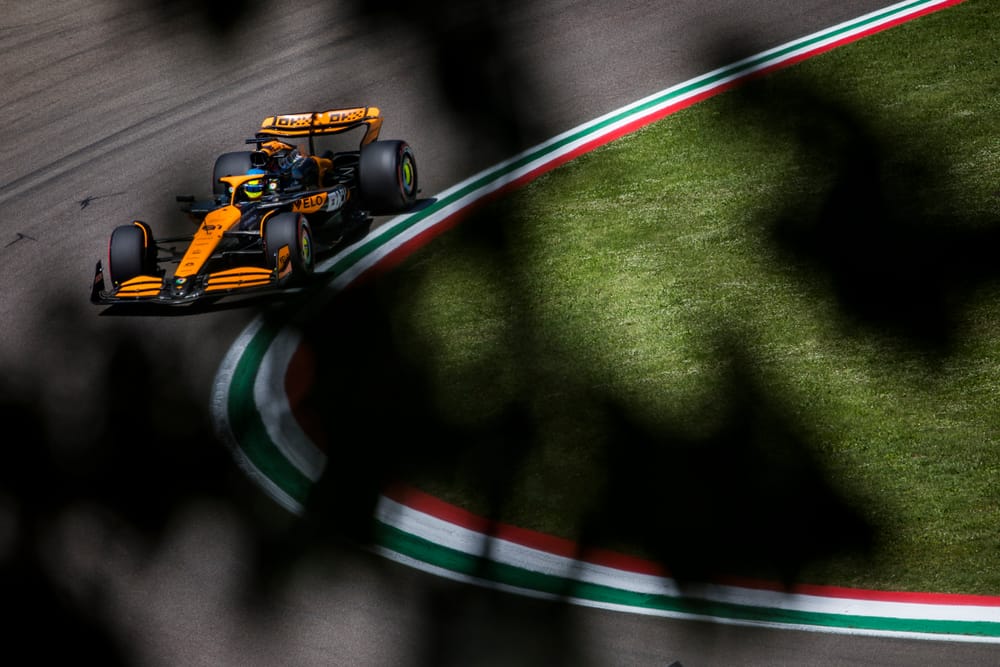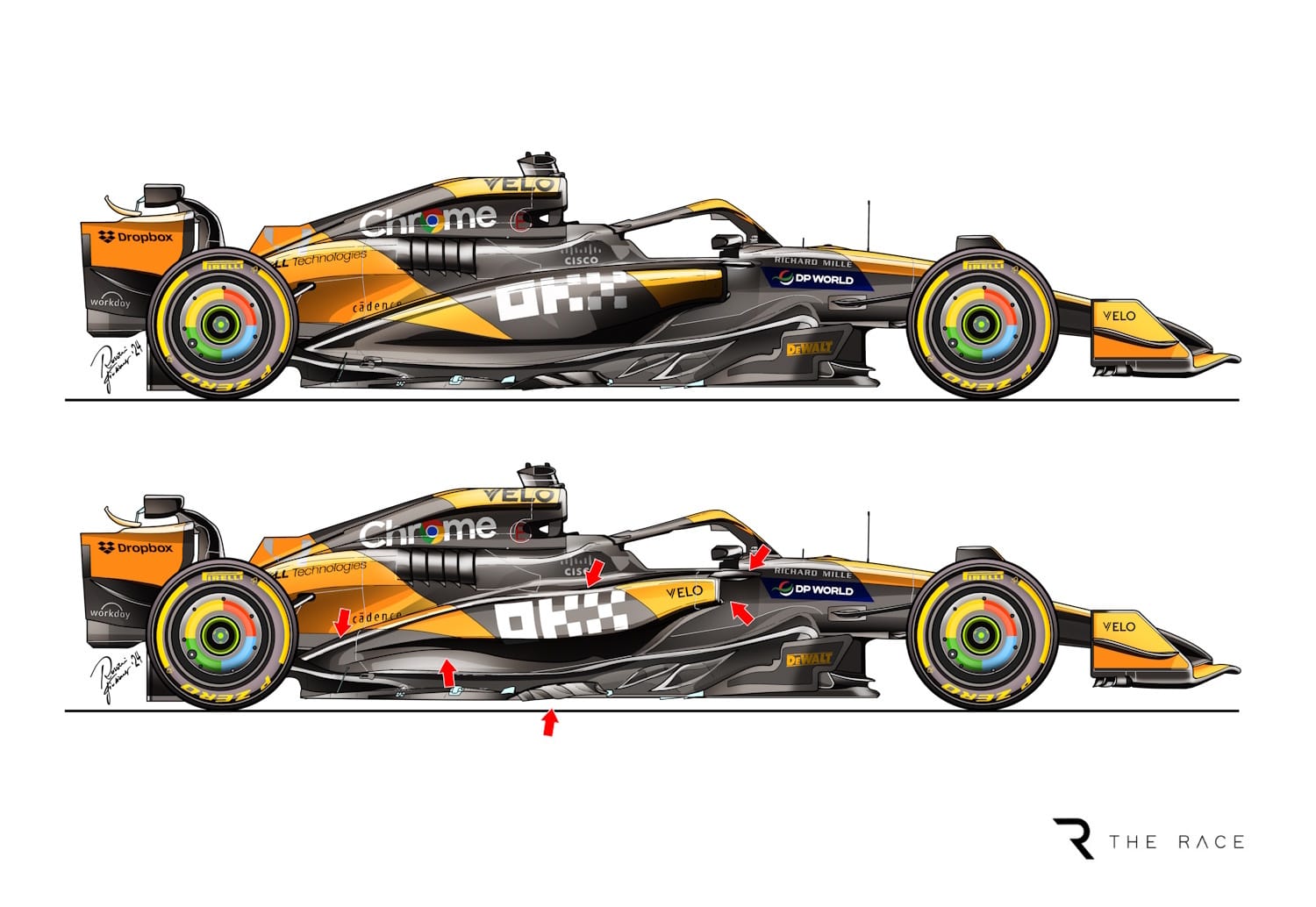Up Next

Lando Norris’s win in Miami and near-victory at Imola have definitively proved the effectiveness of McLaren’s recent Formula 1 upgrade package, but it has also benefitted from what team principal Andrea Stella describes as “an extra premium” of performance.
The way the upgraded MCL38 has worked once tested on track has correlated well with the expectations set by the various simulation technologies used to evaluate it. That data was used to predict laptime, but according to Stella the upgrade's introduction has translated into even more pace than anticipated both in Miami and Italy.
“We know what the simulation would say in terms of how much the upgrades will deliver,” said Stella after McLaren narrowly missed out on pole position for the Emilia Romagna Grand Prix. “On track, once again we seem to find slightly more.
“It’s almost like you have an extra premium once you get your car to work better.”
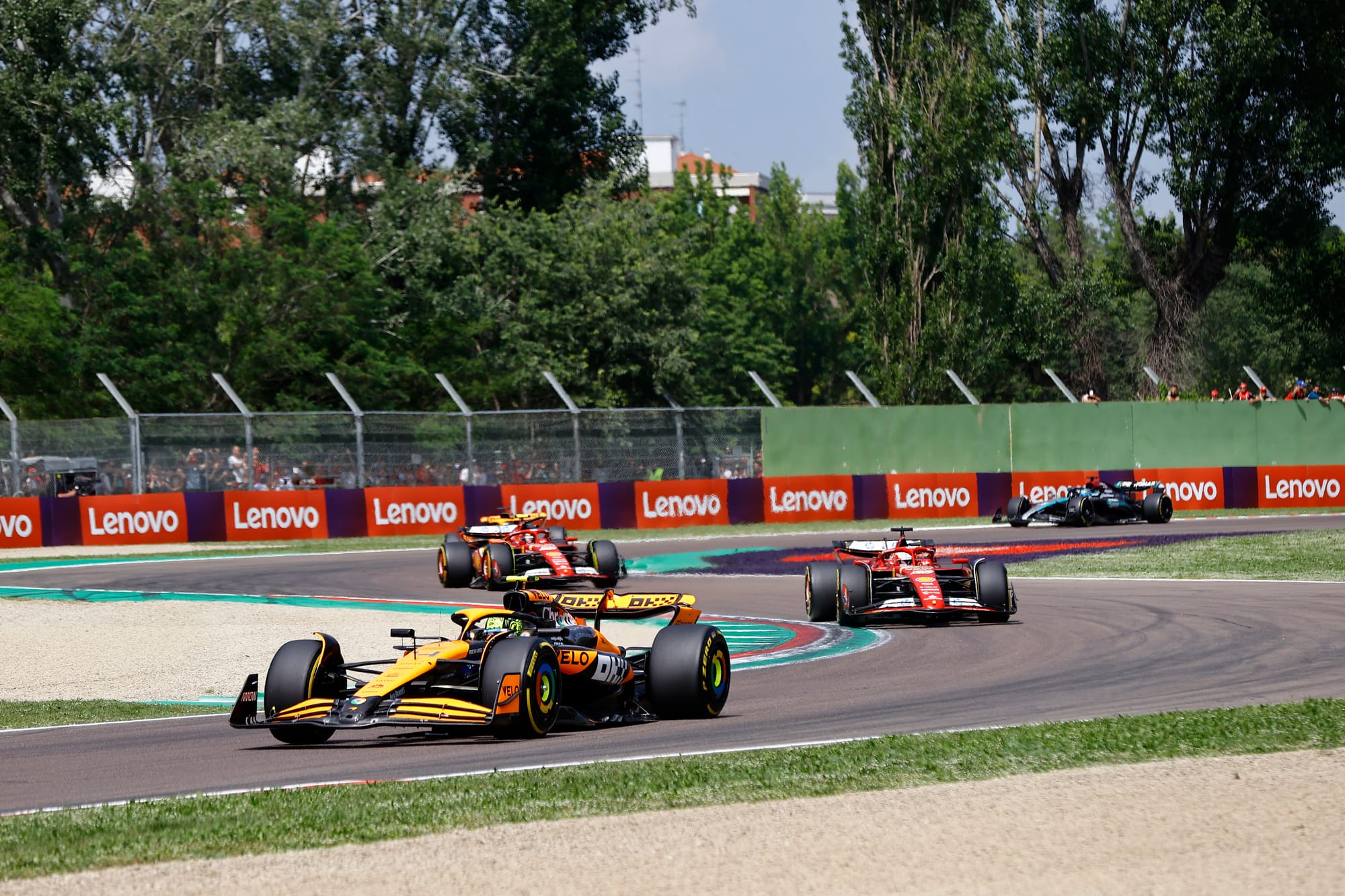
So what is creating this effect? Generally, any kind of miscorrelation between simulation and real-world performance could be a concern, even if it yields more performance - given that would still highlight a gap in understanding. However, there are also intangible benefits that upgrades can yield that can only manifest themselves once the real car is running on track.
That’s what has happened for McLaren, with the data captured on track matching the multitude of simulation tools used to design and develop the parts, as well as evaluate their performance and characteristics. But the extra benefit appears to lie in the confidence they create in the drivers, which might allow Norris and Oscar Piastri to attack certain types of corners fractionally more or give better feedback in the moment that makes it easier to drive the car to the limit.
“We should differentiate here between what is the correlation, what we measure on track with the expected data,” said Stella when asked by The Race about the difference between simulation predictions and the real world. “From this point of view things go pretty much as expected.
“The other point is, once you bring these kind of upgrades and this extra aerodynamic efficiency in particular, what is the laptime you gain?
“You do your simulation and you will gain 'x', [but] it looks like you gain 'x' plus a little bit. So it is not about the correlation between development and trackside, it is more that the premium from a laptime point of view seems to be slightly bigger than what you would simulate.”
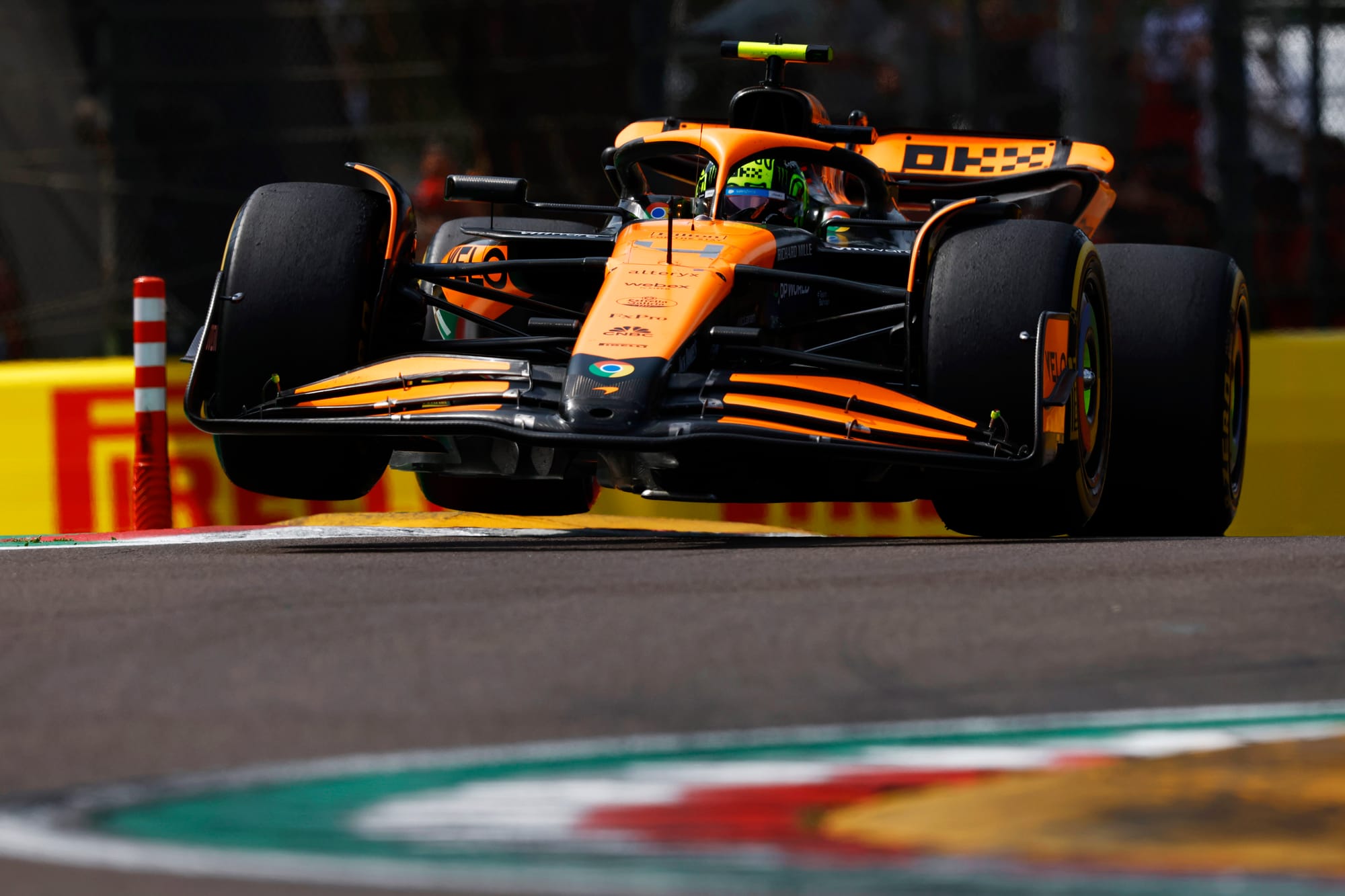
Extra performance always makes those behind the wheel feel good, and adding useable downforce can also mitigate underlying characteristics that might otherwise slightly limit the way they drive.
Piastri, who benefitted from the full upgrade package for the first time at Imola, described the car as “nicer to drive” and suggested McLaren is making progress with its long-term objective of developing a more rounded performer rather than one that thrives in the high-speed corners but can struggle in slower, long-duration turns in particular.
“It doesn't feel that much different, just faster,” said Piastri when asked by The Race about the difference he detects in the upgrade car.
“It's definitely making the car a bit nicer to drive, but whenever the car is quicker, it's always a bit nicer to drive.
“Our strengths and weaknesses seem to be a little bit different now, our high-speed is not as strong as it once was but our low-speed is a lot stronger than it has been. I think we can understand the majority of why that is. We can be pretty confident wherever we go now.”
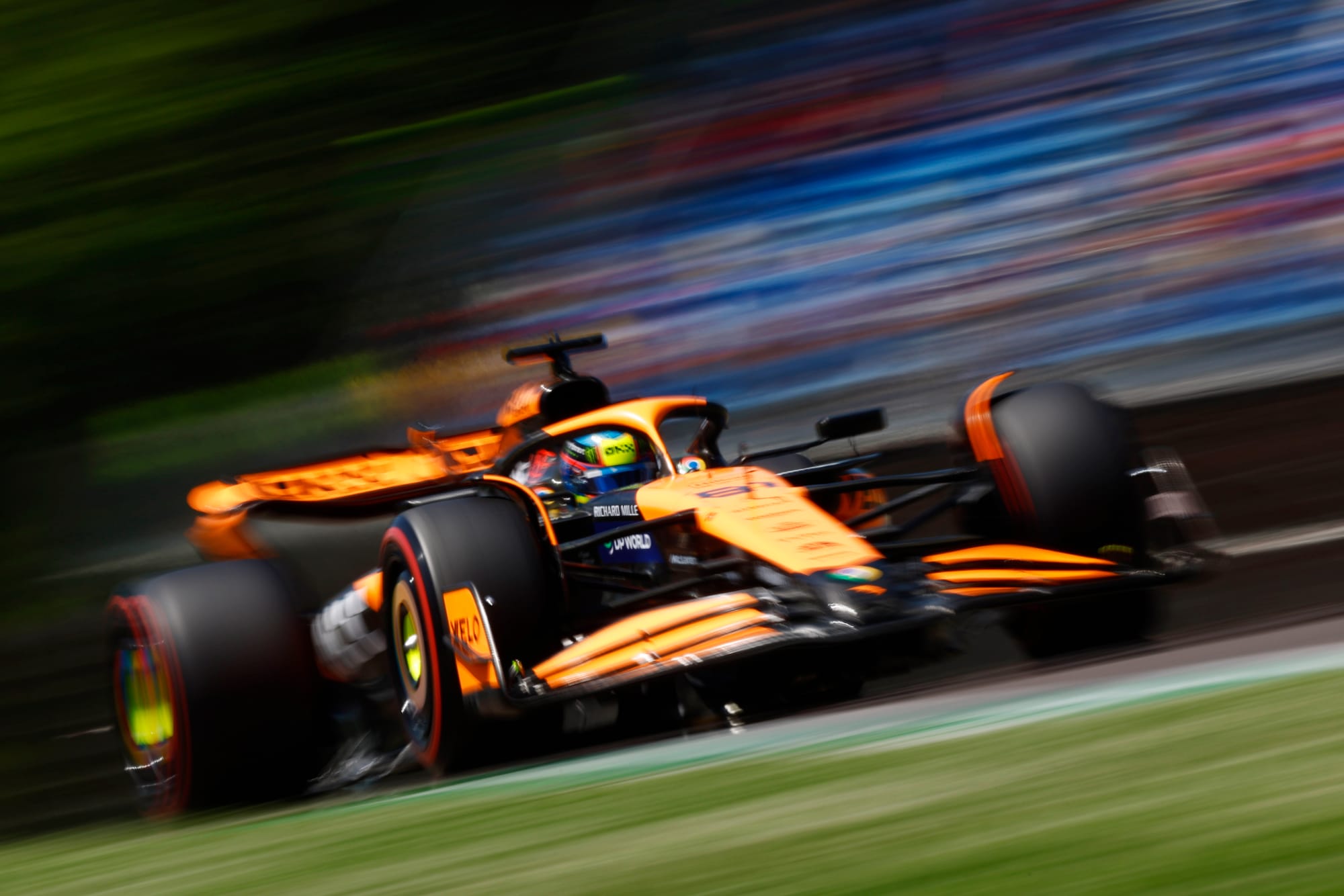
That last point is particularly encouraging for McLaren. Not only is the car’s ceiling raised on tracks that suit the MCL38, but it’s ‘basement’ performance level at less compatible circuits should therefore be considerably better.
It'll be a while yet before the McLaren becomes a true all-rounder, with Stella saying earlier this season that it will take at least a year to deliver on that objective. But this latest package is an important step towards achieving that aim, as well as confirming that McLaren appears to understand what direction it needs to go in to do so.
Driver confidence is fundamental
Gary Anderson
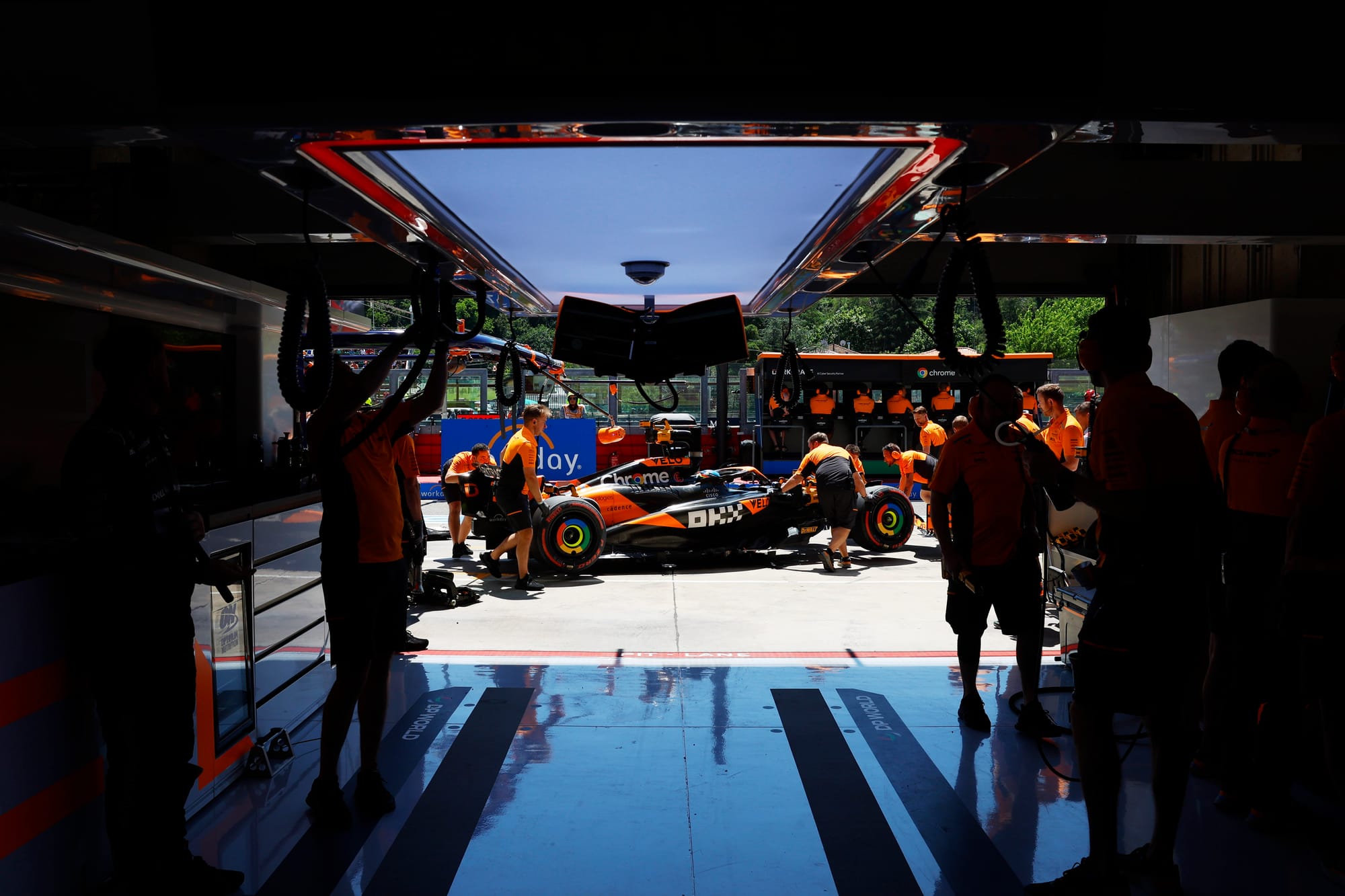
Something I always pushed for in car design and development is what you can call 'driver-useable' downforce.
If you want to get the best out of a package, you must give the driver confidence that what they feel the car doing will still be the same once they start pushing harder.
If a development package means the car produces 5% more peaky downforce that wasn’t consistent, then the driver would simply lose confidence and stay away from the limit. And the amount they stay under the limit will likely be by more than the package's pure performance gain. If that’s the case, you have put in all that work and gone to all that expense for either no reward or even a less competitive car. Many teams appear to be stuck in that rut.
McLaren has had its own struggles in that area - but the car has been developed into one that gives the driver that extra bit of confidence. This allows them to use their talent to get that little bit extra from it and, on top of that, make fewer mistakes.
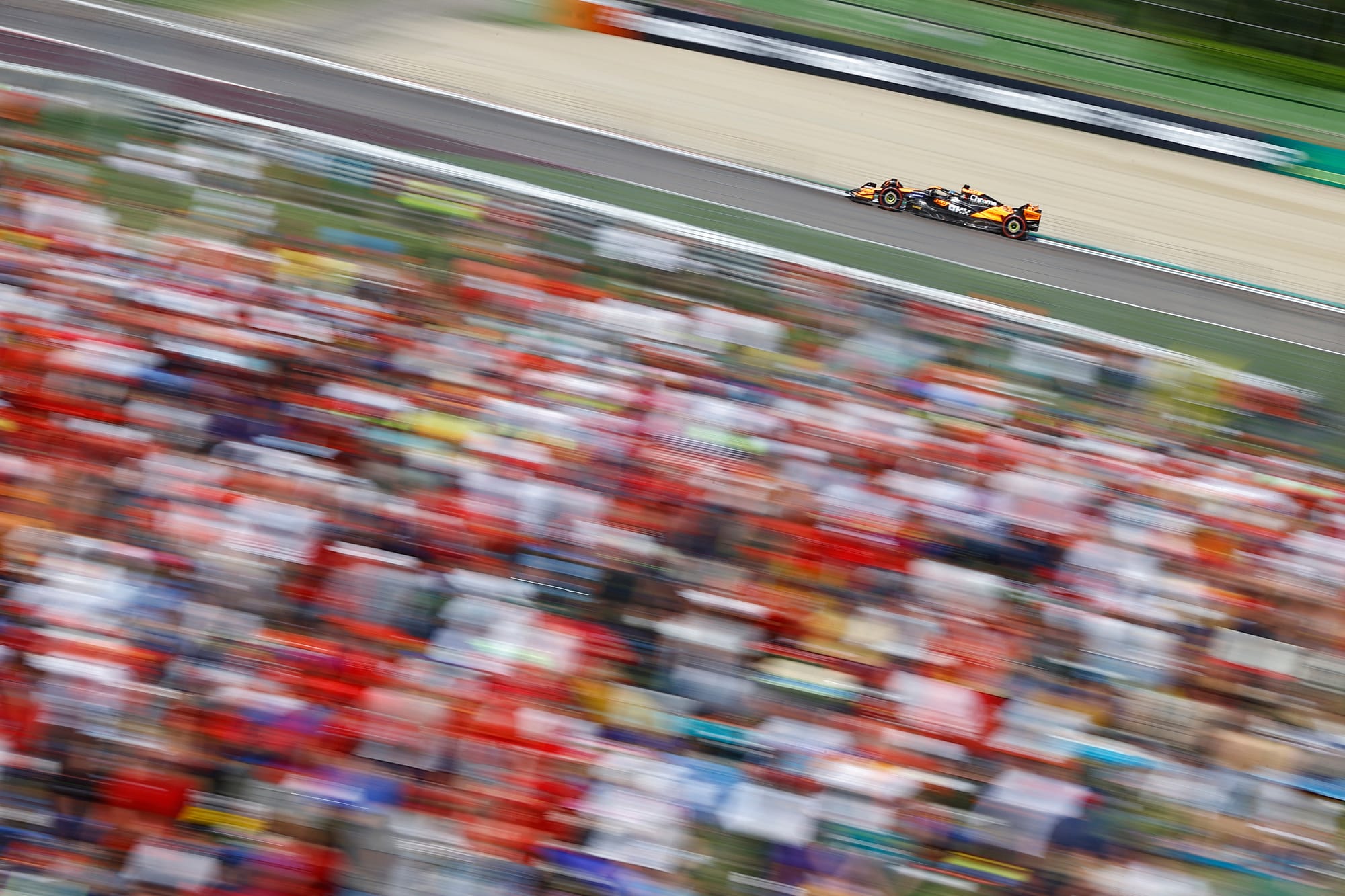
It’s a good place to be because once you have recognised the critical areas in the overall aerodynamic flow structure, it means you can focus on improving those areas even more without increasing the risk level of heading off in the wrong direction.
it will also mean the car will be better in turbulence and/or windy, open circuits, so basically a better all-round package.
Give the driver a confidence-inspiring car and they will bring you more laptime than any simulation prediction.


